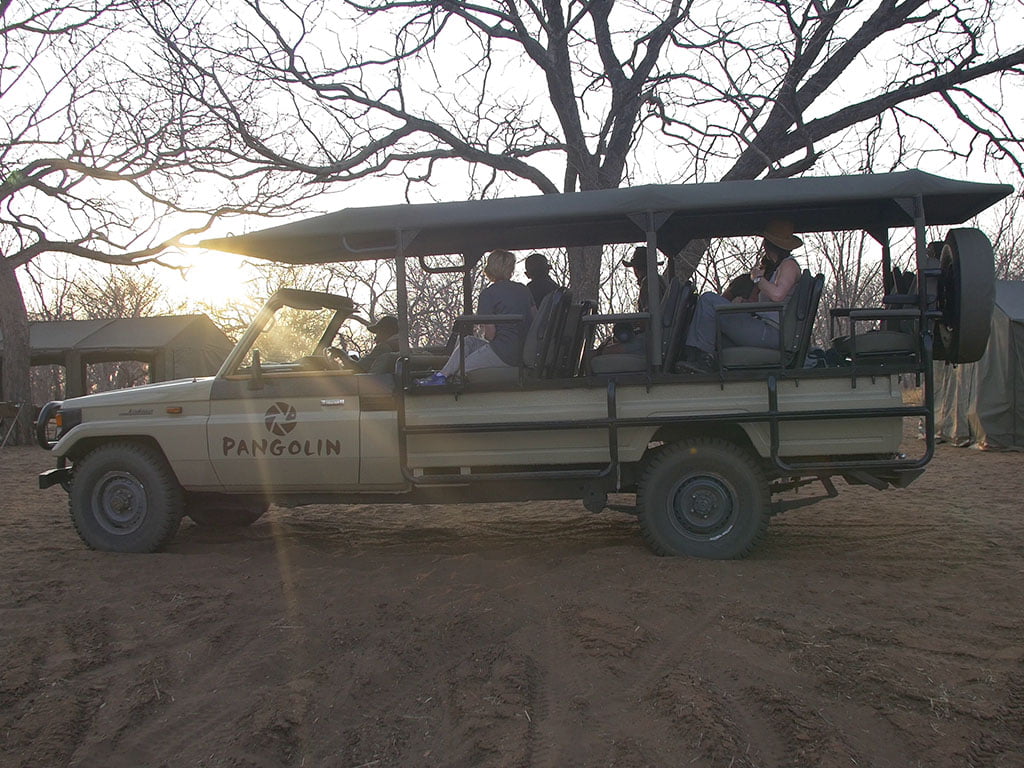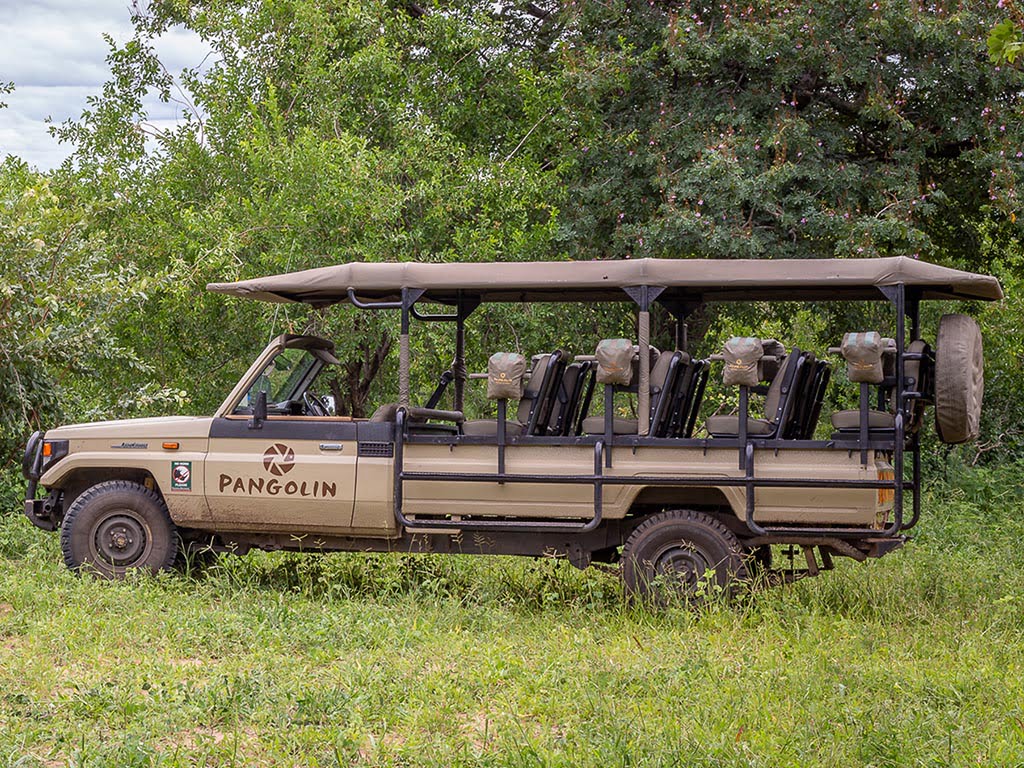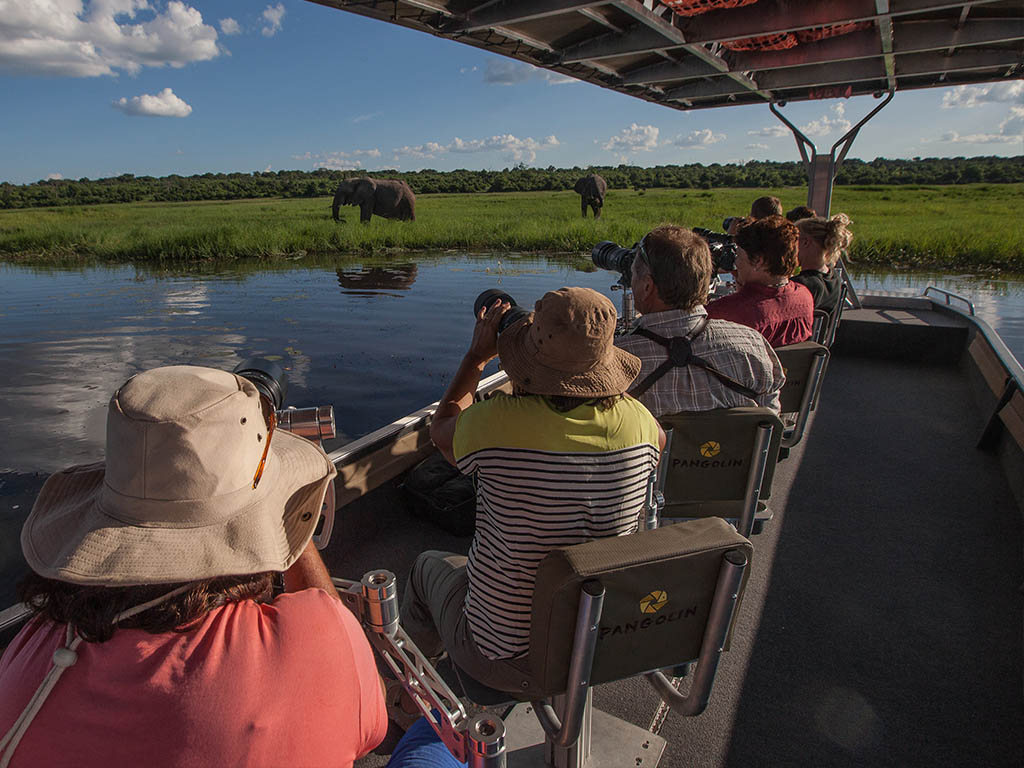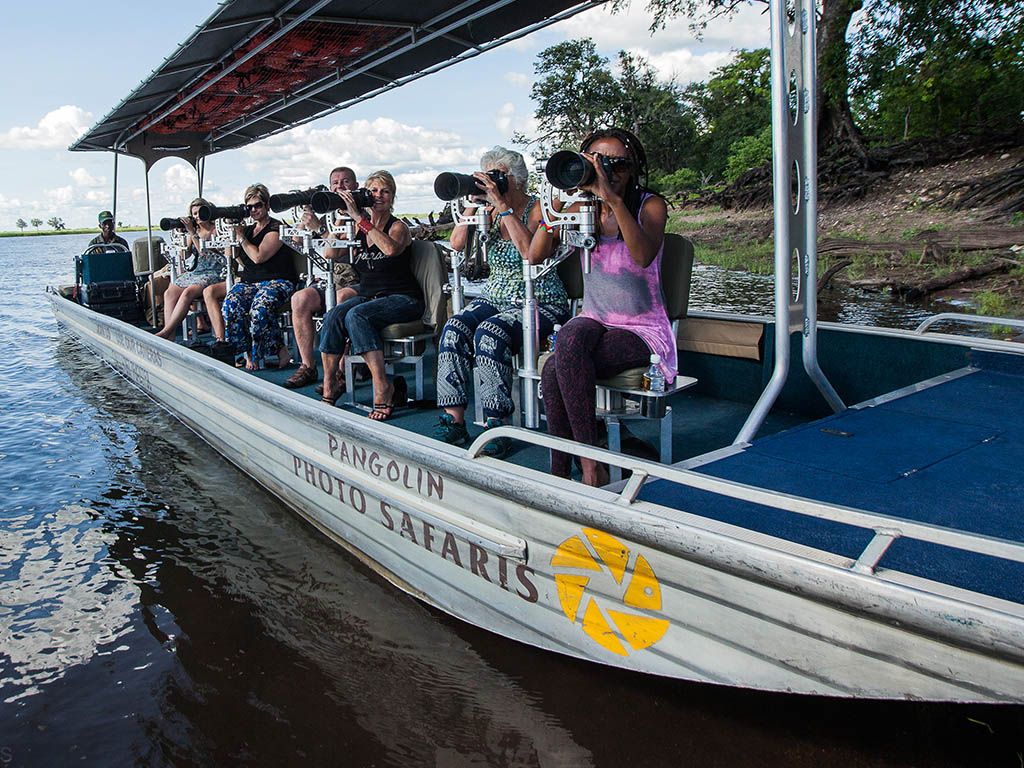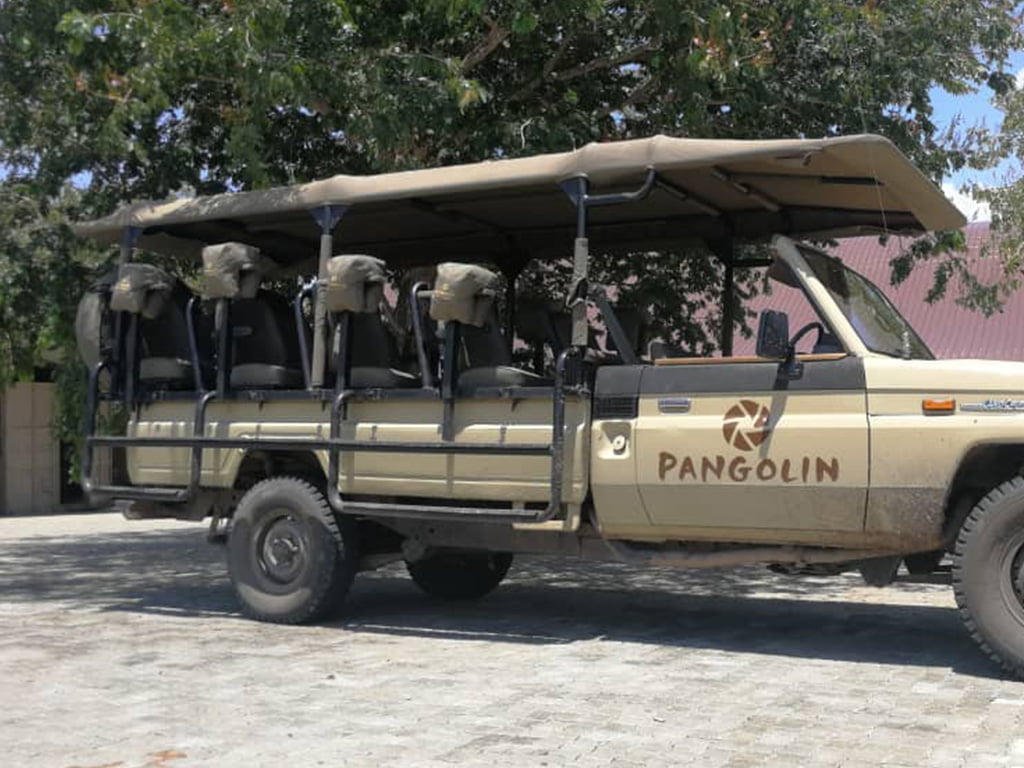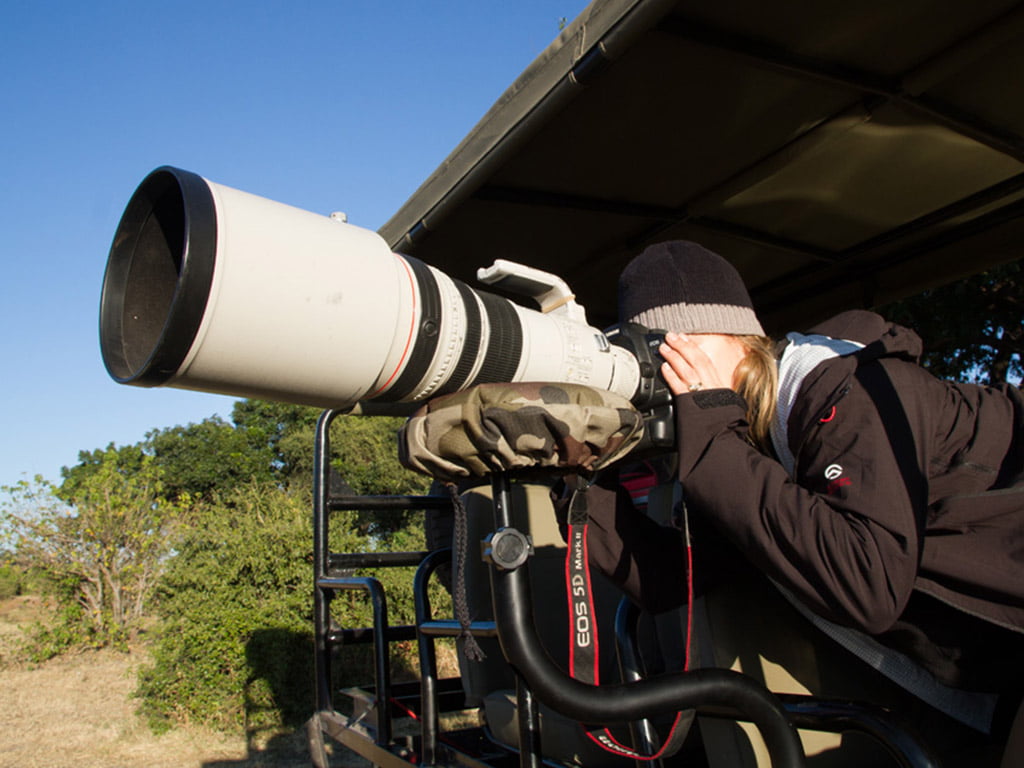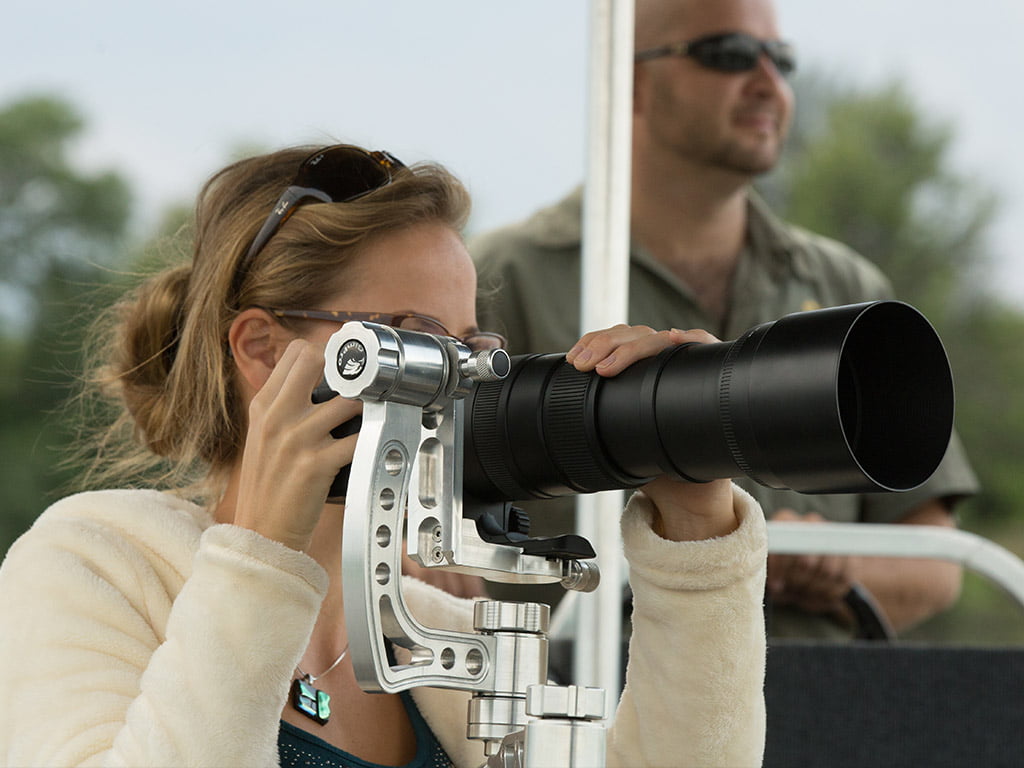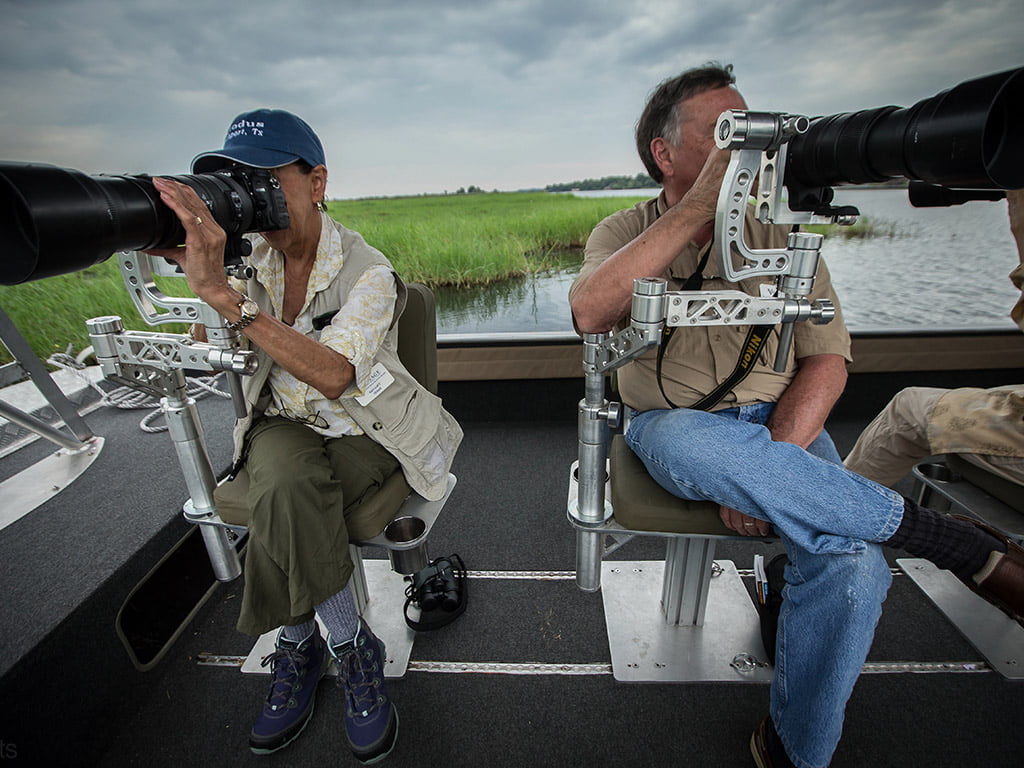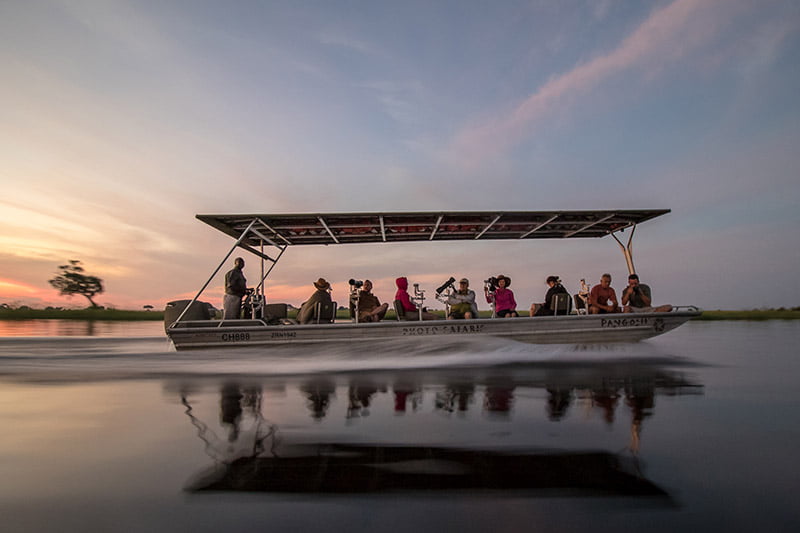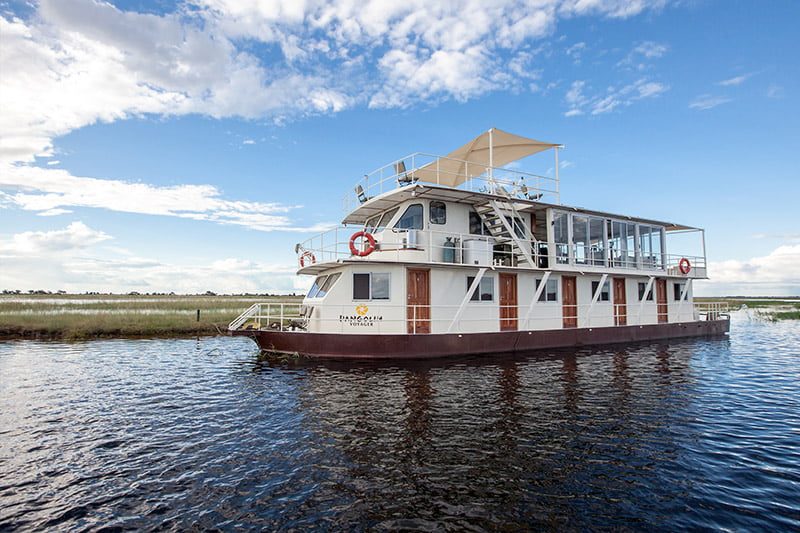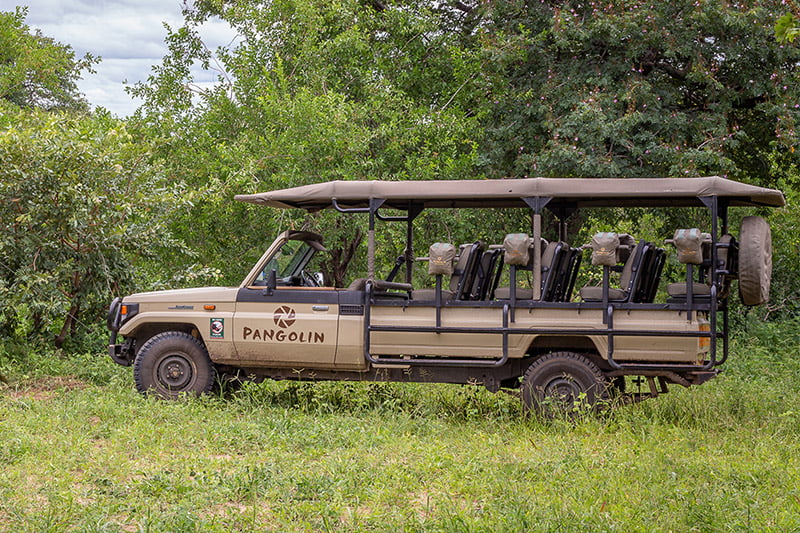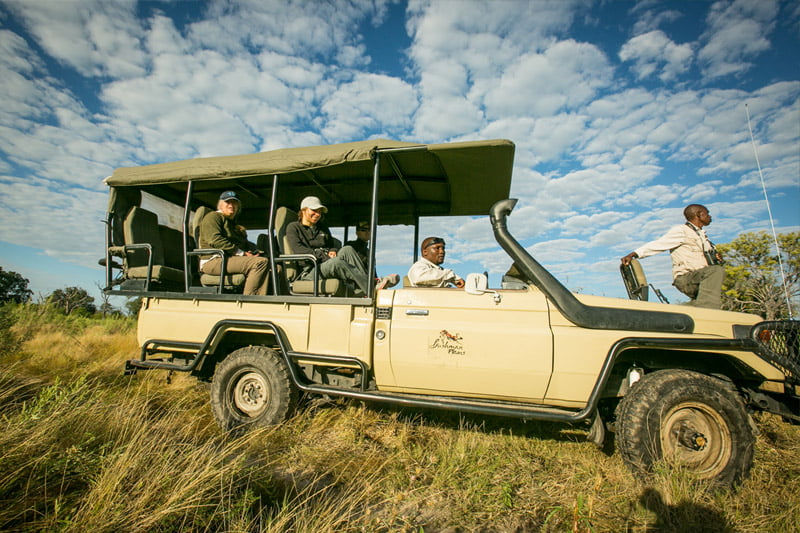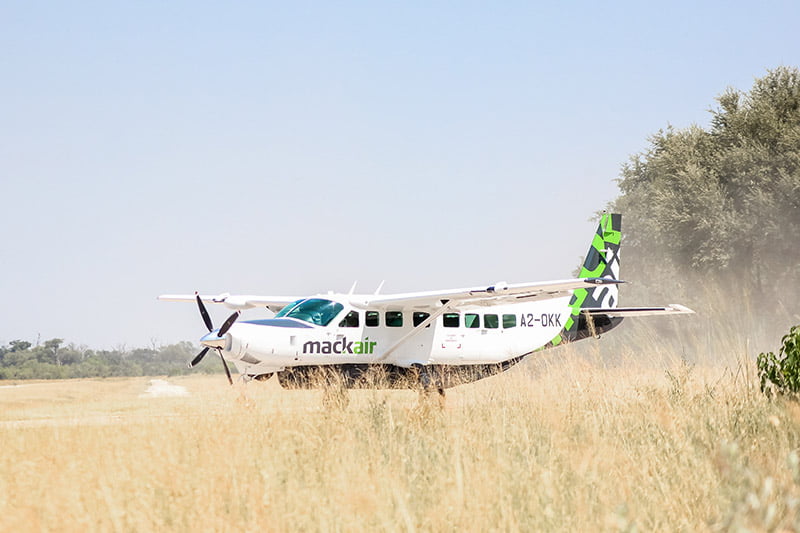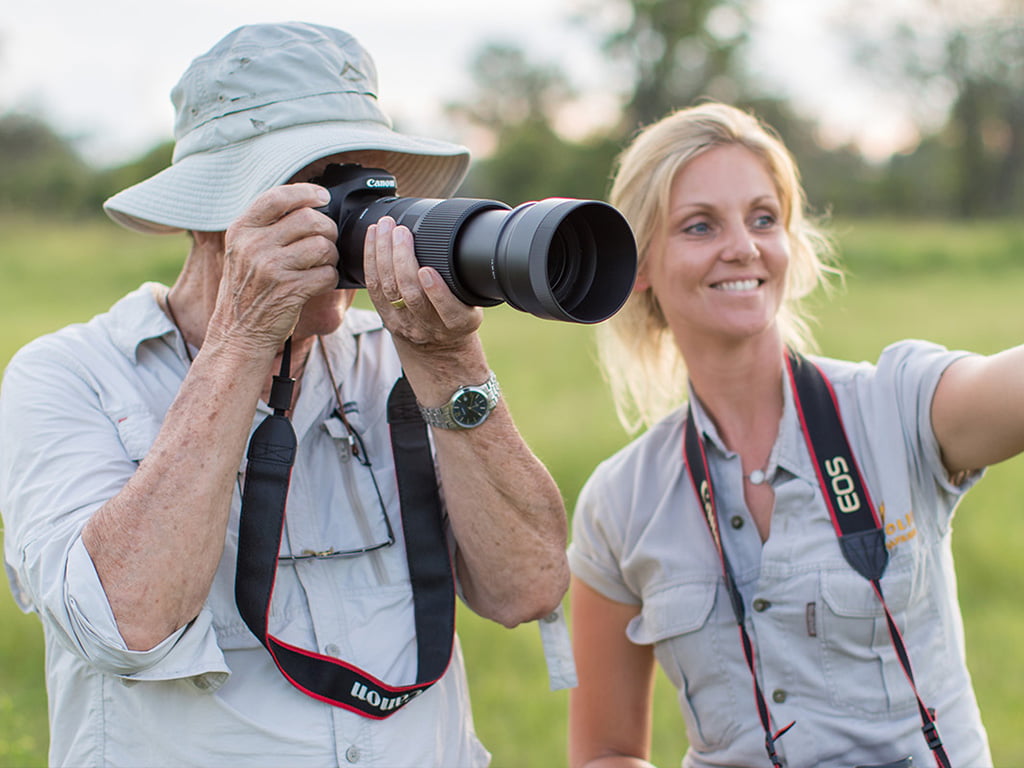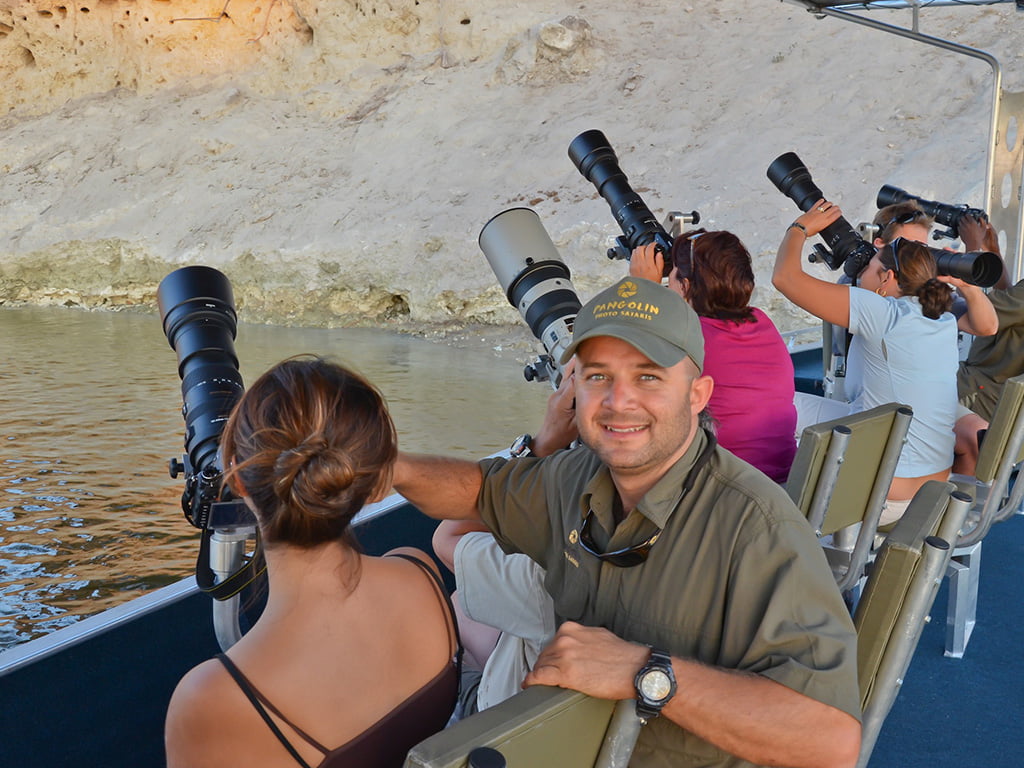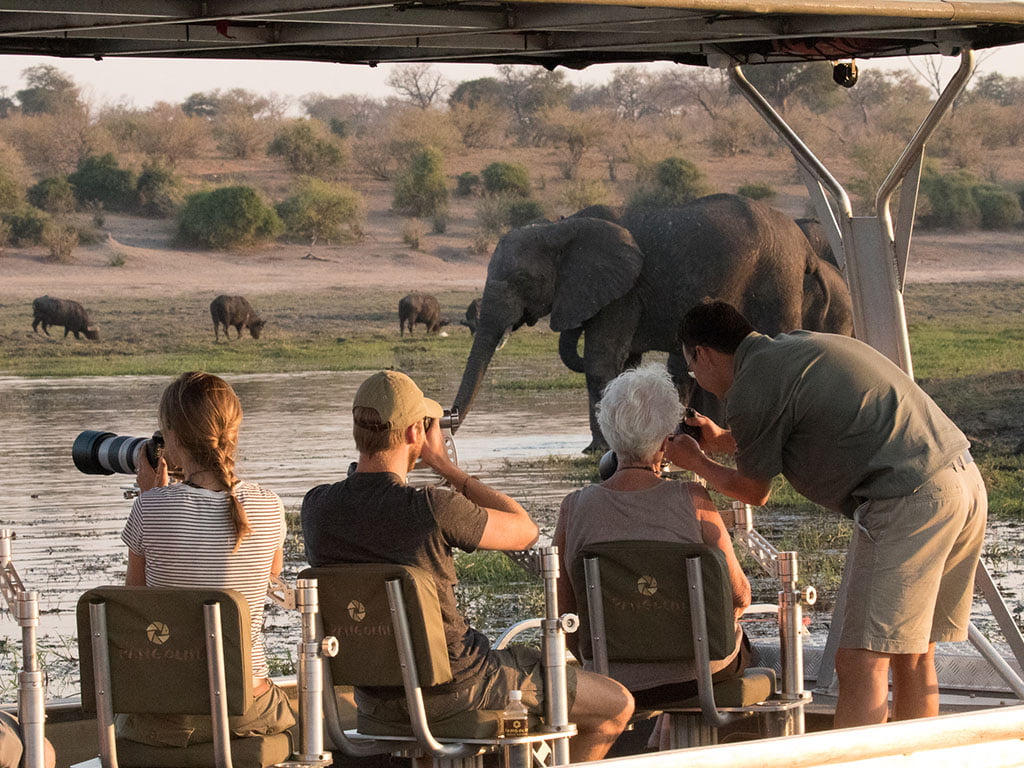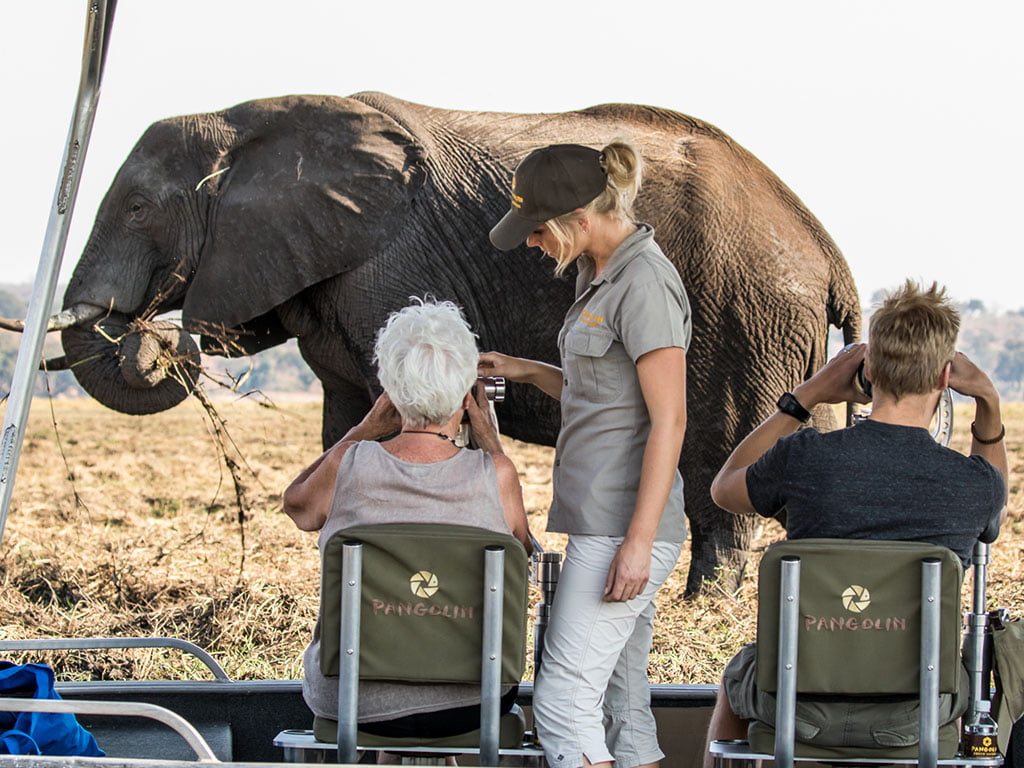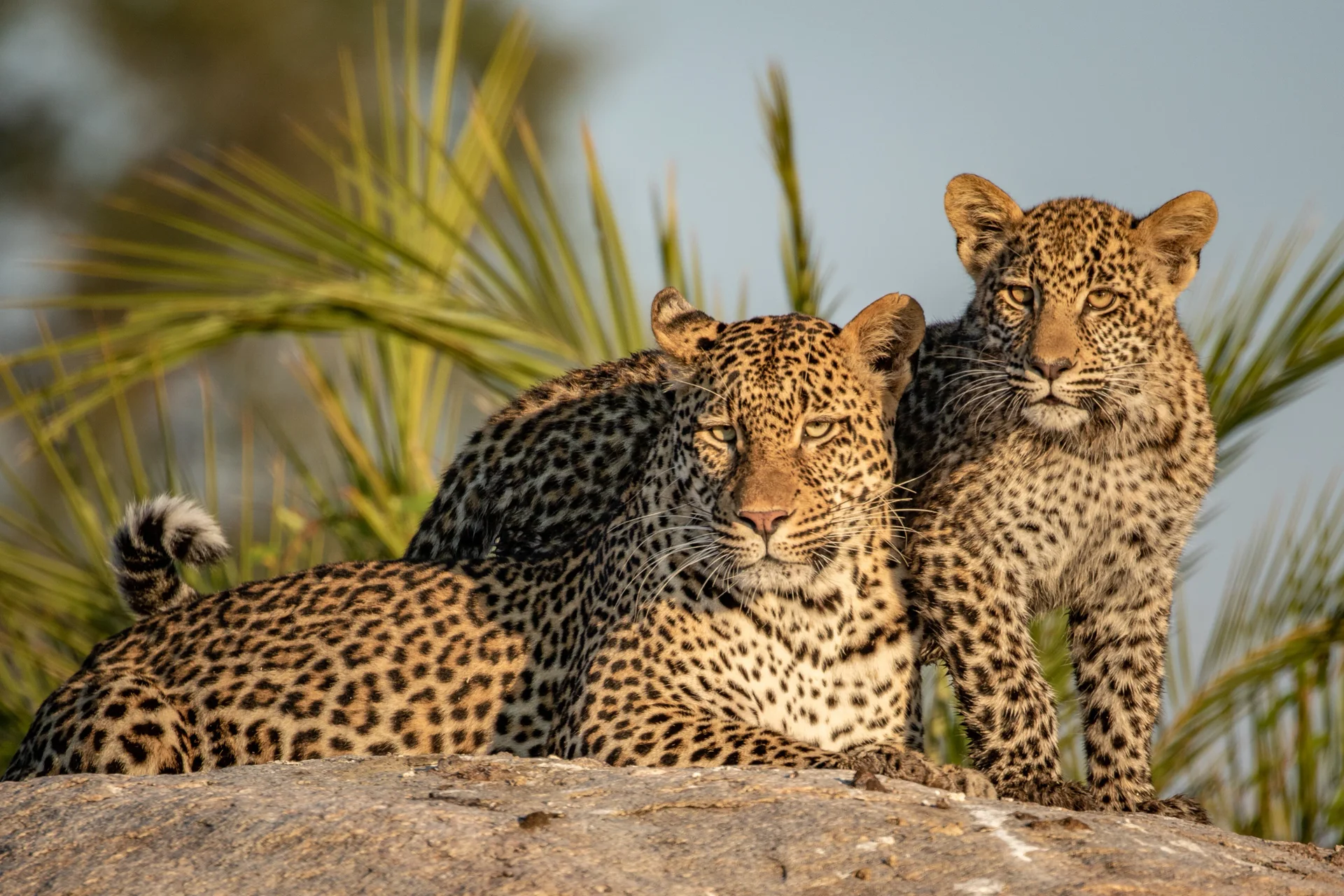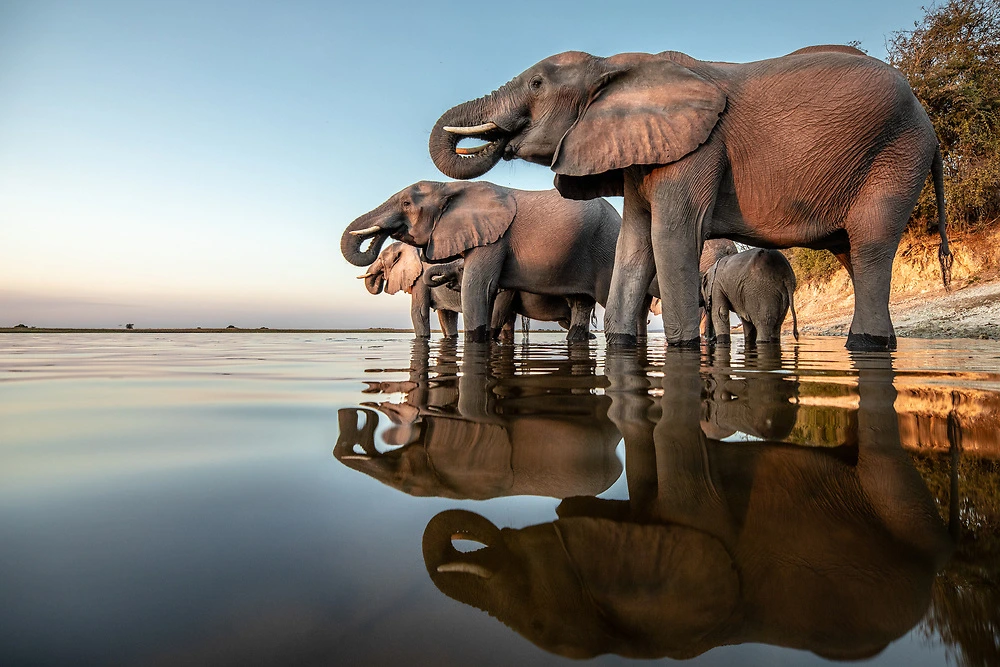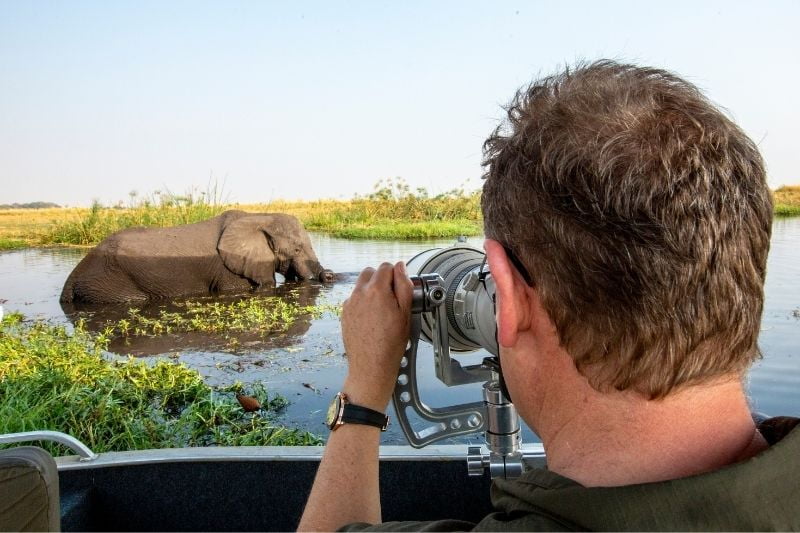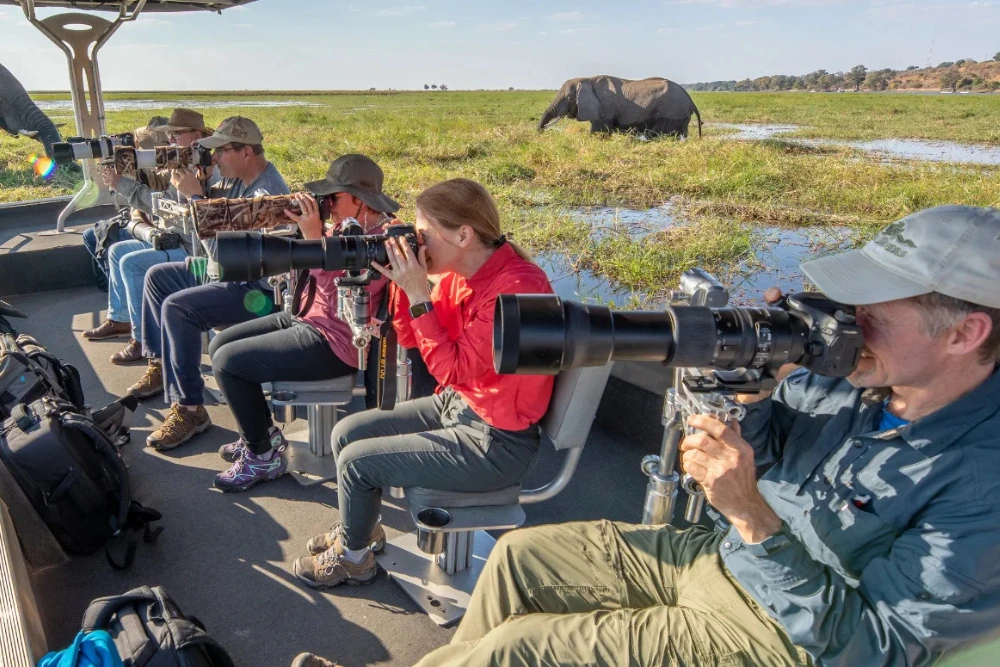
What is a Photo Safari?
Traditionally there are two types of safari…hunting and photographic… And we at Pangolin Photo Safaris would rather “shoot to thrill” than shoot to kill!
Before digital photography came along, wildlife photography was always considered to be niche and out of reach to your average safari-goer. It was an activity designed for the hardcore enthusiast and limited to owning specialist gear. But when digital cameras became mainstream and more affordable, all of that changed.
Today, the majority of clients that arrive on safari do so armed with just their cell phones or tablets, as they may not have wanted to take the financial plunge of buying a state-of-the-art DSLR camera for the sake of what might be the trip of a lifetime. With the best will in the world, cell phones and iPads are not going to get you the image that you will go back to again and again to wow your friends and followers with. They are just not designed for that.
Subjects matter
The subjects are often too far away (or moving too fast), and pinching and squeezing your screen is only really going to play havoc with the final resolution of the image. Until smartphone manufacturers figure out how to accurately mimic the functions of a DSLR camera, they are pretty much only purposed for the ‘selfie’…and there is no shame in that…apologies to all selfie-ists!)
One exception to this rule, however, is when you want to grab a landscape image. Here cellphones can be great, and let’s not forget their video capabilities too.
So, what is the difference between a modern-day safari and a photo safari?
While both tend to take place in the same locations, they are conducted in several different ways. In our opinion, this is what you need to conduct a proper photo safari…
Vehicles and boats
Photographic safari vehicles
Most safari vehicles are designed to seat up to 9 or 10 people at a time, excluding the driver – and maybe, if you are lucky, a tracker too positioned over the front left wheel.
This is too many people for a photo safari. You need room to move. Room to get the elbows out to steady the camera. Room to store your gear. You definitely need a window seat too.
In most high-end camps and lodges, you should be offered a maximum of six per vehicle, but ideally four. Yes, you do pay for this exclusivity; however, the modern wildlife photographer will confirm that this is a more essential component to a safari than a fancy room with copper baths and room service!
Photo Boats
As to boats, the same rule applies. You need room to move and store your gear as well as stability. Boats with deep V-shaped hulls are not ideal in river situations, as they are more susceptible to rocking and can’t get into the narrower channels.
Our photo boats in the Chobe are purpose-built with eight fully rotating seats down the center of the boat, which allows for plenty of gear storage, movement, and natural stability of what is a very shallow, flat hull.
Mounts and Gimbals
This brings me neatly onto camera mounts and gimbals. For any lens over about 300mm in focal length, it is a huge advantage to be able to rest your camera on something to stabilise it. This is especially true in lower light conditions (early morning or late afternoon), where you might have to employ a slower shutter speed to make up for the available light, and therefore even the tiniest movement of the lens can jeopardize the sharpness of the image. For the boats, we use state-of-the-art gimbal mounts, which attach to the lens collar of the larger lenses. These work really well, especially on a boat that is never exactly still at times by its very nature.
For vehicles, there are several options on the market, with varying levels of complexity and sophistication, but in our opinion, it is pretty difficult to beat a good old height-adjustable beanbag.
On our extended Land Cruisers in the Chobe (although they do seat eight), everyone has a window seat, armed with their own beanbag. Our Land Cruisers were chosen as the best in class for the terrain and comfort in the Chobe. Having eight seats on the Land Cruiser and the photo boat also allows us to keep the same group of photographers together with the same photo host on land and water.
Group Size
In our world, eight is the magic number!
Eight is just the right size for a photo group. Happily, it’s also the same number of people who fit on one photo boat, an extended land cruiser, or even smaller vehicles in the Okavango Delta, where the two vehicles accommodate eight guests and work as a team to find sightings.
Eight is also an easy number of people to work with for the accompanying photo host. Any more than that, and guests will not get the personal attention we strive to offer. Fewer than eight also means that the cost per head on safari becomes more expensive when the associated costs of the host’s accommodation, transport, and time are divided by a smaller number. Eight is a sweet spot.
Field Guides and Photo Hosts
Finally, and most crucially, it is very important to go on a photo safari with the right photo hosts and guides to maximise your experience. Choosing the right one can be a bit of a minefield.
As digital photography has taken off, more well-known (and indeed award-winning) wildlife photographers have pivoted away from making a living from stock photography (which has dropped dramatically in value over the last decade) to hosting clients on safari. In most instances, this works well, but sometimes the transition from photographing for yourself to helping others has proven tricky and resulted in disappointed clients who feel they were just there to pay for the “pro” to be in the field to get his or her images.
How to Choose the Right Photo Host for You
- Is this their main source of income? Are they doing one or two trips a year with clients? If so, you could be falling into the “supplementing the cost of the pro trip” trap. We suggest finding hosts who do this for a living. They, more often than not, live in the bush and have plenty of opportunities to get shots when they are not with clients.
- Check out their social media pages. If it’s full of Me! Me! Me! and plenty of selfies, then think long and hard about whether you want to be stuck on a vehicle or boat with an ego like that for days at a time. If the photo host offers lots of information and advice on their images, then that tends to be a good indicator as to how they will teach their guests. More recently, photo hosts have developed their YouTube channels, which give you a far clearer indication as to the character and teaching style of the photo host and whether you think they will be a good fit for you.
- TripAdvisor is also a good place to look for reviews of companies and operators, as well as Google reviews and Facebook reviews.
- Contact them. Social media and email make reaching out to these individuals that much easier. Tell them about your photo ambitions and what you are hoping to achieve. Explain your current skill levels and what you struggle with. Their response should give you an indication as to whether you are a good fit.
Meet the Pangolin Photo Hosts
In Conclusion
What is a photo safari? Wildlife photography is not the niche activity it used to be. All you need is the gear and patience and someone to show you how to make the most of each situation. It doesn’t matter if you are artistically or scientifically inclined by nature. There is no need to feel intimidated if you are a complete beginner…everyone started there too, and wildlife photographers tend to be a generous bunch in the field. We often find “hardened pros” taking “newbies” under their wings, with advice on camera settings and different creative ideas. Everbody wants to return from their safari with beautiful images to remind them of their time and experiences in Africa, and with Pangolin Photo Safaris, it’s just that much easier!
Pangolin Photo Safaris, where “Everyone Is A Photographer”.
